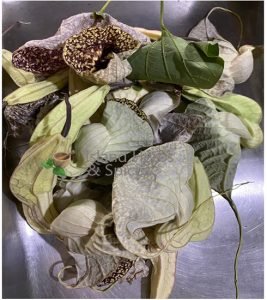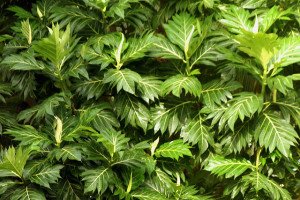Health Benefit of the Avocado Pear Tree Bark Powder (Persea Americana)
In the realm of natural health supplements, Avocado Pear Tree Bark Powder is gaining traction for its wide array of purported health benefits. Derived from the bark of the Persea Americana tree, this herbal remedy is celebrated for its versatility in treating various ailments and enhancing overall wellness. Offered by reputable sources such as Island Herbs and Spices, this powder embodies the convergence of traditional knowledge and modern health trends. In this article, we delve into the uses, benefits, and guidelines on how to incorporate Avocado Pear Tree Bark Powder into your health regimen.
What is Avocado Pear Tree Bark Powder?
Avocado Pear Tree Bark Powder comes from the Persea Americana, more commonly known as the avocado tree. This natural supplement is made by finely grinding the bark of the tree, which is native to the Americas and has been used in traditional medicine for centuries. The indigenous peoples of the Americas valued the avocado tree for more than just its delicious fruit; they recognized the bark's healing properties and utilized it in various treatments. Today, this ancient wisdom is encapsulated in the powder form, making it accessible for contemporary use in promoting health and wellbeing.
In the following sections, we will explore the specific health benefits and practical ways to use Avocado Pear Tree Bark Powder, underscoring its significance as a natural remedy in today's health-conscious society.
Health Benefits and Uses
Avocado Pear Tree Bark Powder is celebrated for its multifaceted health benefits, making it a valuable addition to a natural wellness routine. Here's a closer look at some of the most notable benefits and uses:
Digestive Health: Traditionally, the bark of the avocado tree has been used to soothe stomach ailments and improve digestive health. The powder may help in alleviating conditions like indigestion and bloating, thanks to its potential anti-inflammatory and soothing properties.
Anti-inflammatory Properties: The compounds found in the bark powder are believed to have anti-inflammatory effects, which can be beneficial in managing conditions such as arthritis or other inflammatory diseases.
Antioxidant Benefits: Avocado tree bark contains antioxidants that combat free radicals, contributing to overall health and potentially reducing the risk of chronic diseases.
Skin and Hair Care: Beyond its internal health benefits, the powder is also used in skincare and hair care formulations. Its nutrients can help in nourishing the skin, reducing acne, and improving scalp health when applied topically.
It's important to note that while these benefits are grounded in traditional use and emerging research, more scientific studies are needed to fully understand the extent and mechanisms of the health effects of Avocado Pear Tree Bark Powder.
How to Use Avocado Pear Tree Bark Powder
Incorporating Avocado Pear Tree Bark Powder into your daily routine can be straightforward and versatile. Here are some guidelines on how to use the powder:
As a Dietary Supplement: Mix a recommended amount of the powder (typically around 1/4 to 1/2 teaspoon) into water, juice, or smoothies. Start with a small dose to assess your body’s response, and consult a healthcare provider for personalized advice.
In Topical Applications: For skin and hair care, the powder can be mixed with a base like water or aloe vera gel to create a paste. Apply the mixture as a face mask or scalp treatment, letting it sit for several minutes before rinsing off.
Cooking Ingredient: Add a pinch of the powder to recipes for an extra dose of nutrients. It can be incorporated into soups, stews, or baked goods, offering a subtle flavor and health boost.
Caution and Consultation: Always consult with a healthcare professional before adding new supplements to your regimen, especially if you are pregnant, nursing, or have existing health conditions.
Where to Find and What to Look For
Island Herbs and Spices is an excellent source for purchasing high-quality Avocado Pear Tree Bark Powder. When selecting your powder, look for products that are organic and sustainably sourced to ensure purity and environmental responsibility. Check for clear labeling that includes sourcing information, expiration dates, and any certification marks that verify its quality.
Conclusion
Avocado Pear Tree Bark Powder stands out as a natural remedy with a rich history and promising health benefits. Whether you're seeking to enhance your digestive health, reduce inflammation, or incorporate natural ingredients into your skincare routine, this versatile powder offers a gateway to the enriching world of herbal supplements. As you explore the natural benefits of Persea Americana, remember to do so with mindfulness and informed by professional advice, embarking on a journey toward holistic well-being with Avocado Pear Tree Bark Powder at your side.
Read More
Categories:
Jamaican Herbs







